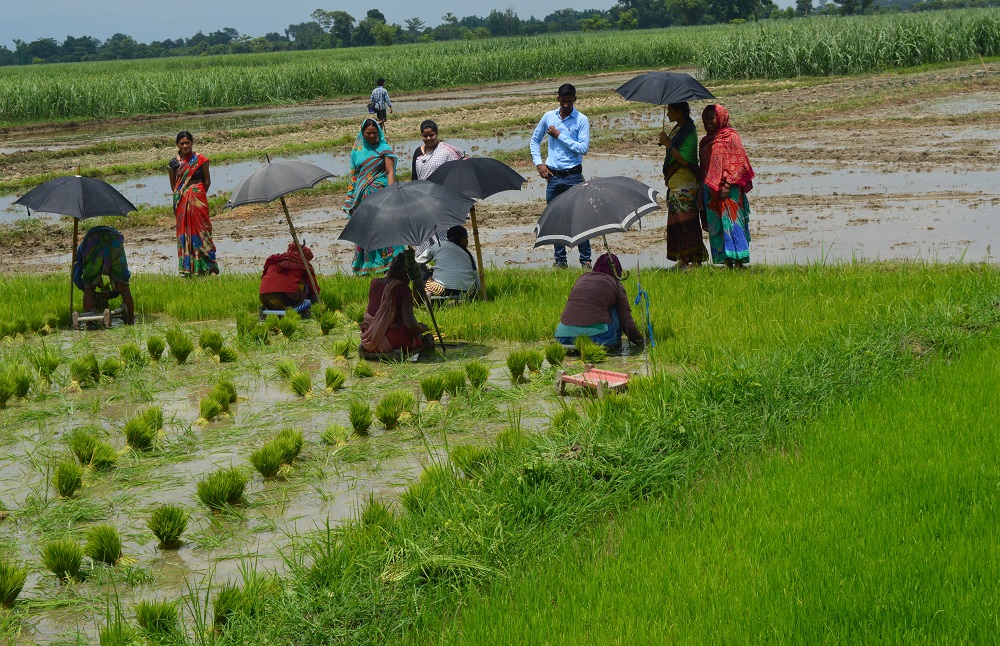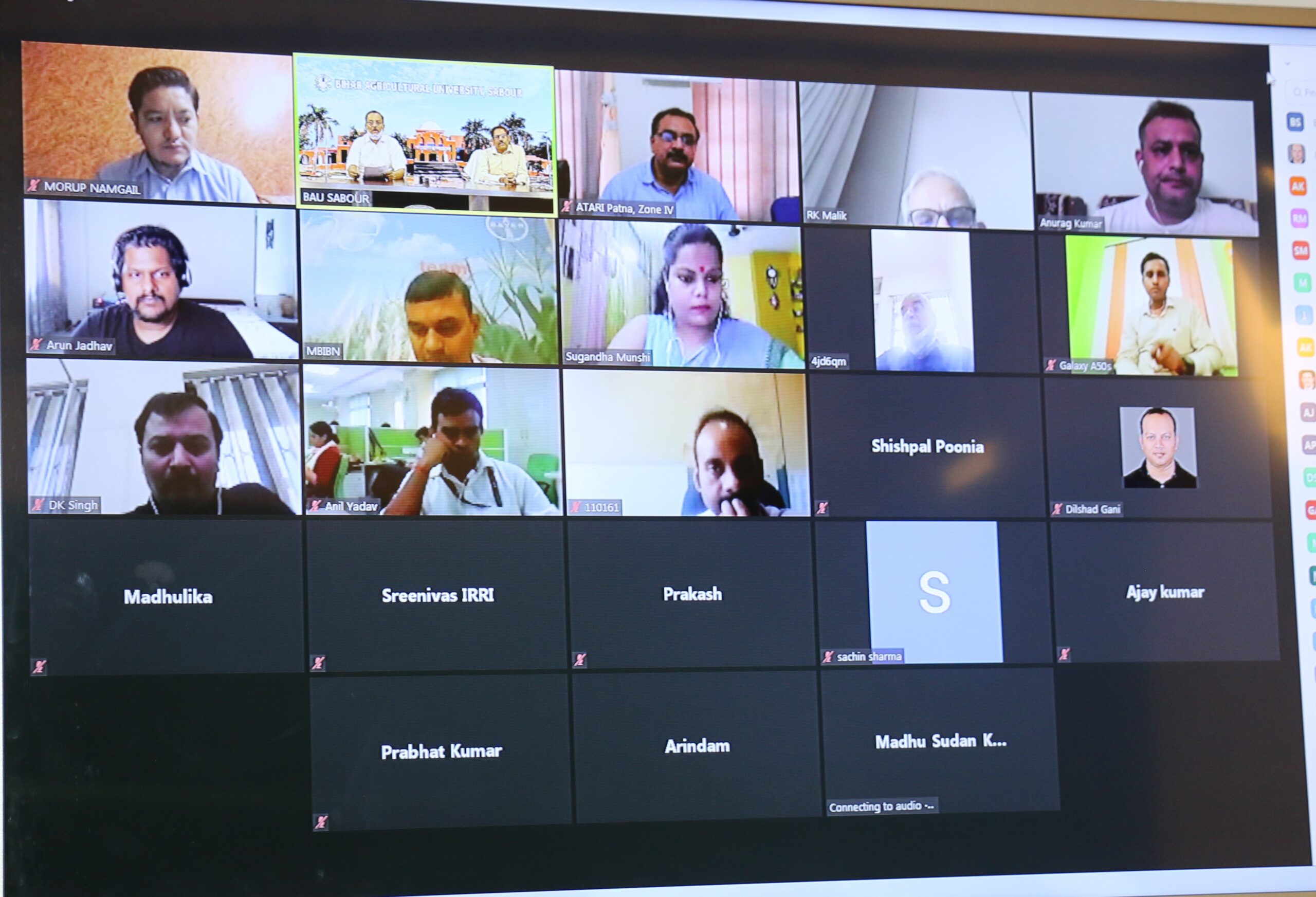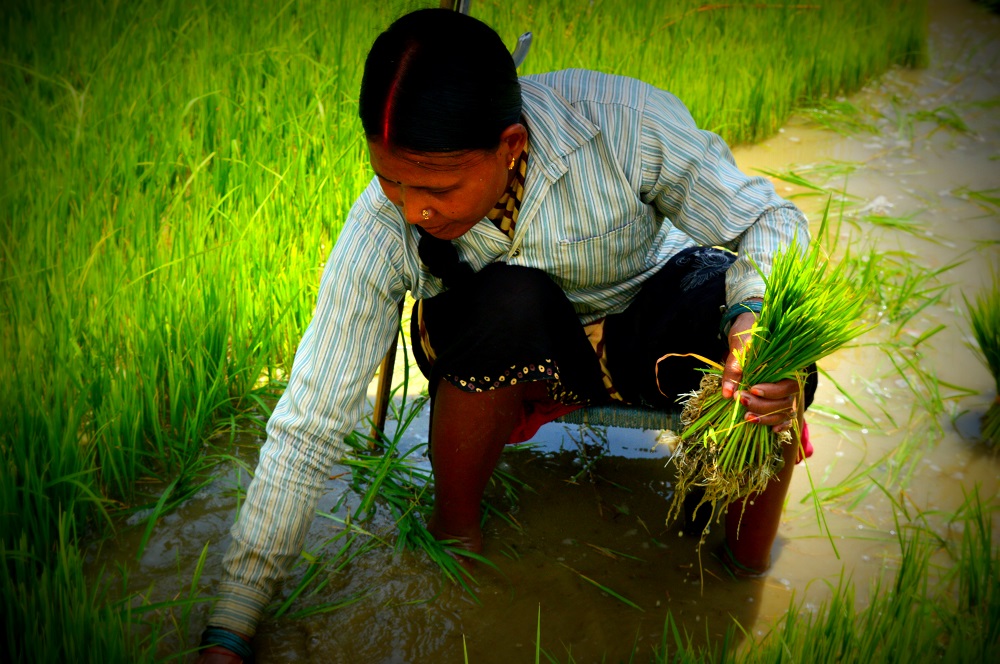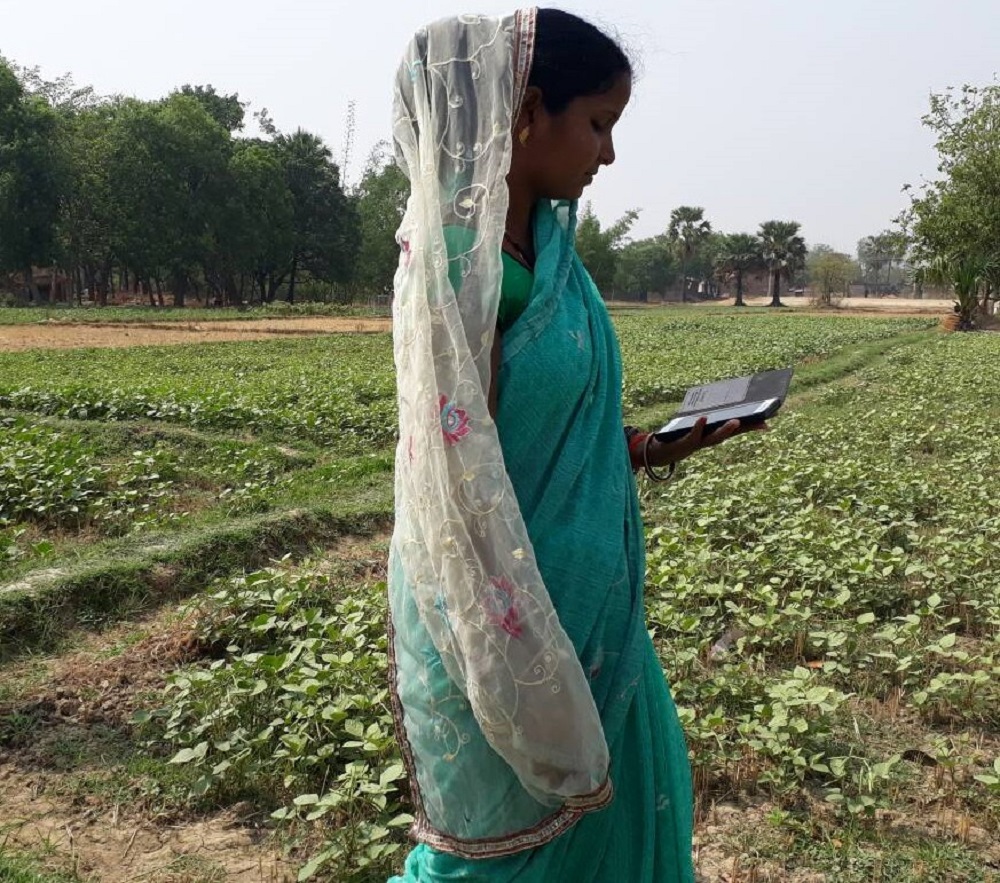Convergence, collaboration, and inclusion proved to be the keys for preparing the agricultural sector in managing unforeseen situations in the future. The Convergence Platform, developed in Bihar under the Cereal System Initiative for South Asia prior to the pandemic, presents a possible model where major players collaborate, innovate, and deliver to reduce the vulnerability of smallholder farmers to extreme crises.

.
The first decade of the 21st century ended with a global COVID-19 pandemic that caused a global health crisis in the second half of 2020 and continues to deepen in 2021. It affected every household and forced people to adjust and accept a “new normal” where social, work, and commercial activities shifted from a physical world to a virtual one, a new experience as far as the human race is concerned.
Along with other critical sectors, agriculture was hit hard by this pandemic. The sudden disruption in the food supply chain during this period threatened the livelihood of millions of poor people resulting in significant financial losses that pushed an additional 548 million people around the globe below the poverty line.
During this period, an urgent need to mitigate the impact of the health crisis by protecting vulnerable groups and building a more robust food system and food supply value chain emerged.
An increasing need for innovation
These developments also call for continued focus on strategies for improving farm income.
The agriculture sector’s extremely vulnerable situation during the pandemic reinforces the need for innovations improving last mile connectivity and building more resilient agricultural technologies. An increasing need for the timely mobilization of resources, actionable services and information, and private- and public-sector institutions and stakeholders were necessary.
In states like Punjab and Haryana, where the labor market was abruptly dislocated, farmers adopted innovations from seed to harvest. Almost 20% of farmers adopted direct-seeded rice. The importance of mechanization is now being increasingly recognized in the eastern Indo Gangetic Plain.
Preparing the agricultural system for unforeseen situations
Despite the pandemic’s serious implications on agriculture, it is one of the few sectors which showed good growth and supported the government’s food supply program for the displaced labor force. The impact on the labor market of the pandemic could lead to opportunities for scaling out agricultural mechanization and digitalization.
Convergence, collaboration, and inclusion proved to be the keys for preparing the agricultural sector in managing unforeseen situations in the future. The Convergence Platform, developed in Bihar under the Cereal System Initiative for South Asia prior to the pandemic, presents a possible model where major players collaborate, innovate, and deliver to reduce the vulnerability of smallholder farmers to extreme crises.

.
A collaborative effort in eastern India among state, various government departments, Bihar Agriculture University, Dr. Rajendra Prasad Central Agriculture University, State Rural Livelihood Mission (Jeevika), Cornell University, Indian Council of Agricultural Research, private players Indian Farmers Fertiliser Cooperative Ltd (IFFCO) and ITC, and CGIAR helped addressed the issues.
The activities under the Convergence Platform included the dissemination of season-based telephonic agro-advisories to farmers across the state on early sowing and zero tillage in wheat, improved varieties of rice and wheat, setting up rice nurseries, direct-seeded rice, and weed and pest management.
The capacity building of representatives from research institutes, Jeevika, and public and private players was undertaken to strengthen the data ecosystem. The platform helps encourage cross-learning. Focused messages on climate-resilient technology also aid farmers in the timely planning of their crop production activities.
Well-timed information and knowledge related to better agronomic practices act as catalysts for a strong and sustainable agriculture food system. The lack of information has high a probability of leading to less production and uncertainties.

.
Widening gender gap and beyond
Disruptions caused by the pandemic hit women particularly hard. Although the gender gap in agriculture existed prior to this pandemic, it added complexities to women farmers in rural areas. It also poses new challenges in the roles of women farmers in providing food security at the household level as well as the different actors along the value chain such as producers, farm managers, and entrepreneurs.
The obvious solution lies in adopting a system and operational mechanism of an inclusive approach at the beginning at policy and implementation levels. Under the current situation, the inclusive efforts of disseminating timely advisories on crop establishment, fertilizer use efficiency, irrigation, and weed management to almost 1.2 million small and marginal farmers in the state of Bihar were reached through the convergence platform. Out of this, 150,000 women farmers received the agro-advisory through key partners Jeevika, Bihar Agriculture University, and IFFCO Kisan. (See Women in leadership: Achieving an equal future in a COVID-19 world.)

.
When several institutions are targeting new innovations, it is necessary to develop an enabling environment or process, like the Convergence Platform, to help develop a consensus on scaling the agronomic intervention. The convergence of public, private, and civil society players in the agriculture sector has a high potential for acting as a catalyst to reach millions of small and marginal farmers.
Informed choices by farmers facilitated through appropriate technologies play a key role in improving their farm productivity as well as their livelihood. Eliciting their feedback on the improved agronomic practices adopted by farmers in their fields and allowing them to participate in the mechanism for designing advisories will boost their confidence.
Thus, the Convergence Platform is also seen as a means to empower small and marginal men and women farmers through a multistakeholder co-development process and delivering timely and actionable information to those who need it.





